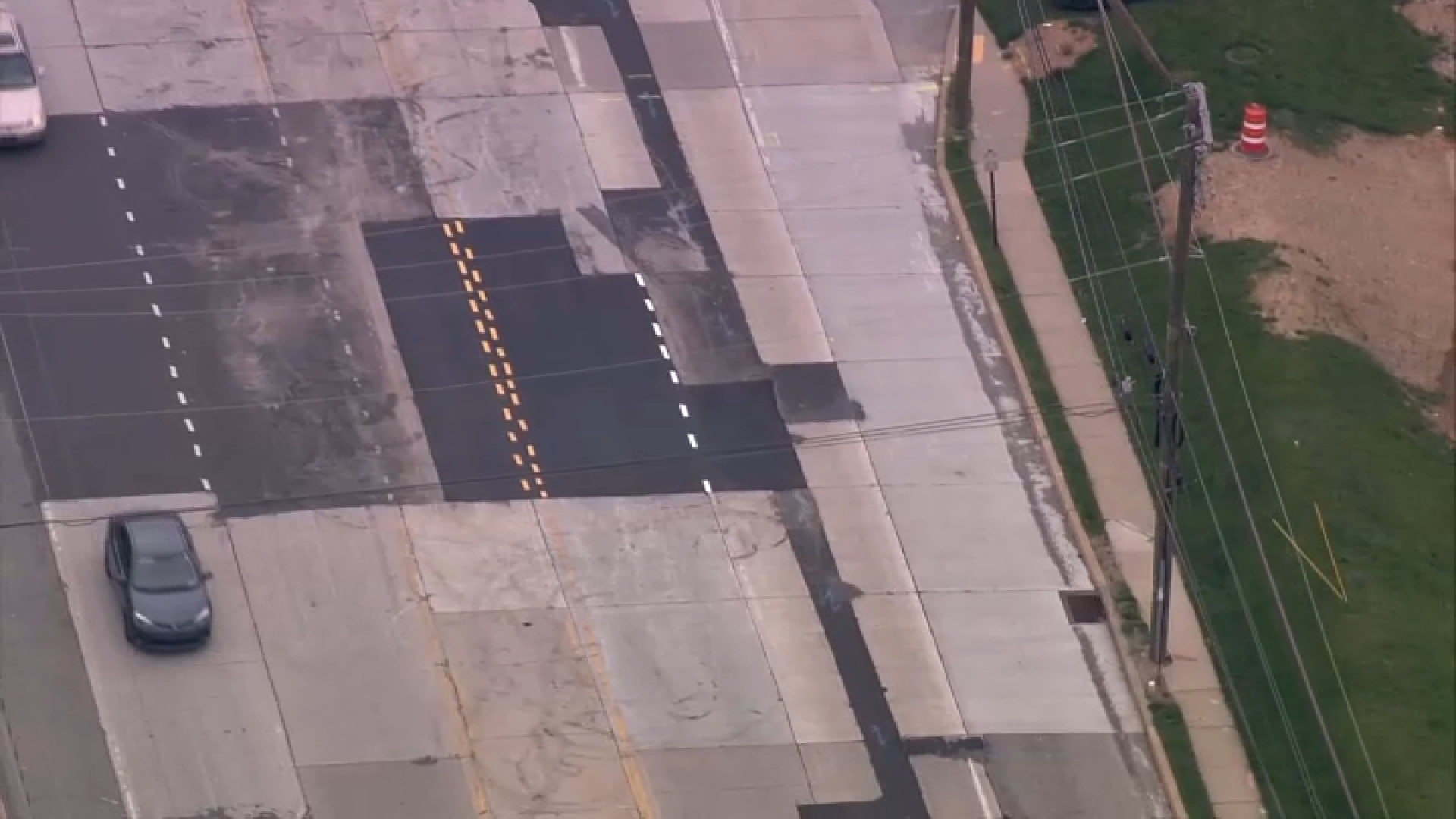In cases like the “House of Horrors” abortion clinic trial, the impact of enduring weeks of such graphic testimony and images on jurors is something attorneys on both sides have to weigh carefully.
“If you use it too much, it can actually backfire because jurors will think, ‘You’re trying to upset me to get what you want,’” said Philadelphia jury consultant Melissa M. Gomez.
In the Dr. Kermit Gosnell murder trial, jurors have been bombarded over the last five weeks with gruesome photos and details. The prosecution is trying to prove that Gosnell killed seven babies and one patient. They put 36 witnesses on the stand, many recounting similar stories, supported with pictures that initially were so disturbing, the reaction in the courtroom was visceral.
"You could hear the gasps in the back from observers and the media," said NBC10's Emad Khalil who has been covering the trial since day one. "And I looked over at the jurors right away and one of them had her hand over her mouth and was looking away, others were grimacing."
That was the first day of photos. Over time, jurors saw pictures of fetuses that were not fully developed with deep gashes in the back of their necks, another with an arm sticking out of a body with a face that didn't yet look quite human. And Baby A, the most developed baby, with defined legs, hair, and a skull that looked crushed. There were tiny feet and body parts in containers, stories told of how women would abort into toilet water and one former worker who told of seeing an aborted baby moving to get out of the water.
“It was way more visible, the reaction of the jurors, in the beginning. You could read the emotion on their faces,” Khalil said.
As time marched on, however, jurors barely reacted, according to Khalil, at even the most gruesome details or images.
Local
Breaking news and the stories that matter to your neighborhood.
“There’s only so much the brain can handle,” said Gomez, who has a Ph.D. in Psychology. “It’s not that it becomes less disturbing or upsetting, but it’s just not as shocking.”
And jurors, she says, take their responsibility very seriously.
“Jurors understand that they have to put their shock where it needs to be so they can make an intellectual decision. It becomes both an emotional and practical issue.”
While Gomez has not been following the Gosnell trial day-to-day, she says in general, when attorneys are faced with how to handle or present very graphic images and details, reading where the jurors are emotionally, is critical.
“It’s important to know when enough is enough and to know when the story has been told; to know when you have that consensus to show the burden of proof and to know when you’re beating a dead horse.”
During personal injury trials where the injuries are “really awful,” Gomez says she will sometimes recommend not showing photos.
“You tell the story, talk about the injuries, acknowledge how upsetting they are, put them in an envelope and tell jurors if they choose to look at them, they can, but it really just depends on the context and the case. Sometimes, you have to do it. In a criminal case like this, it sounds like the jurors needed to see what happened,” Gomez said.
And in a case like Gosnell’s, what if you’re the attorney who is following five weeks of disturbing images and details, like Jack McMahon will be on Tuesday?
“I think it’s going to be important for him to acknowledge how upsetting those images are. There’s a balance,” said Gomez. “You have to acknowledge the real emotion, but then be able to convey, ‘Does an upsetting image mean guilt or innocence?’”
In Gosnell’s case, getting it right, at best, could keep him out of prison. And if the verdict doesn’t go his way, it could still mean the difference between life and death.



